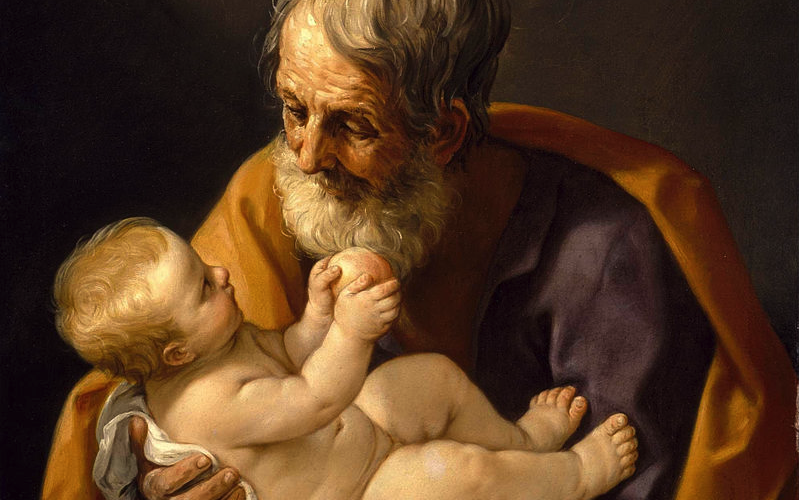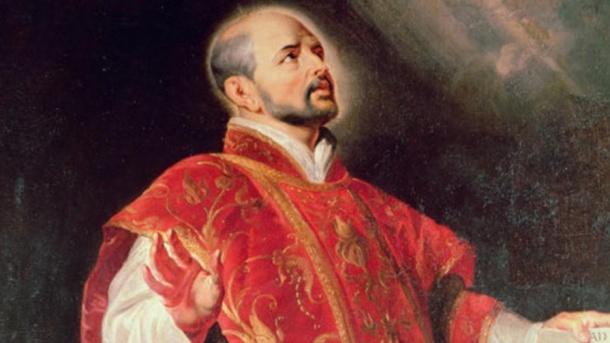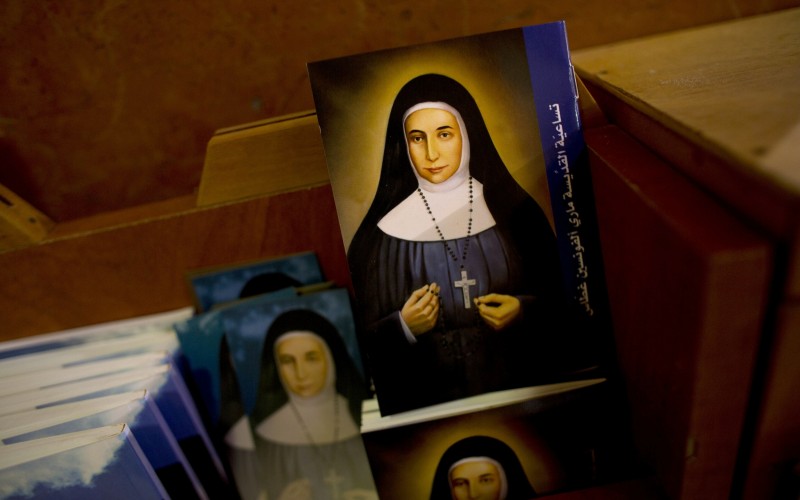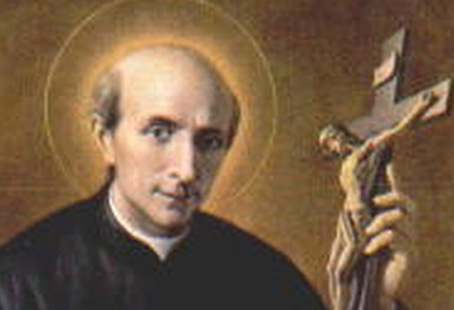What does it mean to be a man? It is a question running through every boy’s mind in the course of their maturity, and one that defines their identity. It is also, one of the most difficult life questions to answer.
Scripture shows us examples of the role of men in God’s plan of salvation. In the Old Testament, the men living in Jerusalem were considered heads of their households: “All these men were heads of their families” (1 Chr 9:9). St Paul also charges husbands with the responsibility to love and protect their wives “as Christ loved the church and gave his life for it” (Eph 5:23, 25). Leaders in the Church are to resist being overwhelmed by pride, and be respectable men of good character (1 Tim 3:5, 7).
Perhaps the easiest way to learn what it takes to be a good man is to look at the shining examples history puts before us, the greatest of whom, should surely be St Joseph, spouse of the Most Blessed Virgin Mary, and patron of the Universal Church. Let’s look at some lessons we can draw from the compassion and humility of St Joseph, foster father of our Lord.
Compassion
Joseph was a carpenter by trade, and became betrothed to Mary. Originally unaware of the child’s divine origin, upon discovering the Mary was with child, Joseph wanted to protect her from the possible backlash she could face, during a time when women accused of adultery could possibly be stoned to death (Mt 1:19). His compassion cam before his ego. His foremost priority upon discovering his fiancée’s pregnancy was not to accuse her of infidelity, but to protect her dignity and safety.
Today, popular culture and mass entertainment has eroded men’s respect for women. The value of women has been reduced to an object of sexual gratification, to be won over by a masculinity defined by wealth, political influence, popularity and sex appeal, as opposed to the husband-figure described by St Paul. St Joseph’s example reminds us that as men, we are called to reject the casual objectification of women in film and media, and to remember our mission to protect the dignity of women, like how Christ defends the dignity of His Church.
Humility
St Joseph also led a humble life, working in what most would consider a lower-skilled profession in his time (some of the people whom Jesus preached to did not take him seriously, for He was the son of a carpenter) (cf Mt 13:55-56). During Jesus’ circumcision ceremony, he and Mary offered a pair of doves (cf Luke 2:24). This was allowed because they were too poor to afford a lamb.
As generations of young people grow up with the belief that success solely stems from how much money they make and how influential they become, our society has become a more cutthroat and competitive environment. A man whose self-esteem is founded upon the benchmarks of economic materialism – rather than on his identity as a son of God – will become endlessly discouraged by how little he has compared to other men. We are all equally loved by God, regardless of what position we hold or achieve in life. This is a message we need to constantly remind ourselves and our students.
God desires not our earthly accolades, but that we “do what is just, to show constant love, and to live in humble fellowship” with Him (cf Micah 6:8), as St Joseph has exemplified in his simple lifestyle. Pope Francis echoed during a recent Palm Sunday homily, the humility of Christ became the saving grace of humanity. Likewise, as educators, we are called to emulate that willingness to empty ourselves of personal ambition, and devote our hearts to the greater good of nurturing God’s young people.
It is an opportune time in this Jubilee of Mercy to recognise man’s calling to love and protect, to respect and treat our fellow men as fathers and brothers, and women as mothers and sisters (1 Tim 5:1-2). St Joseph’s was a man living a humble life filled with great love, and we are all called to be men like him.










